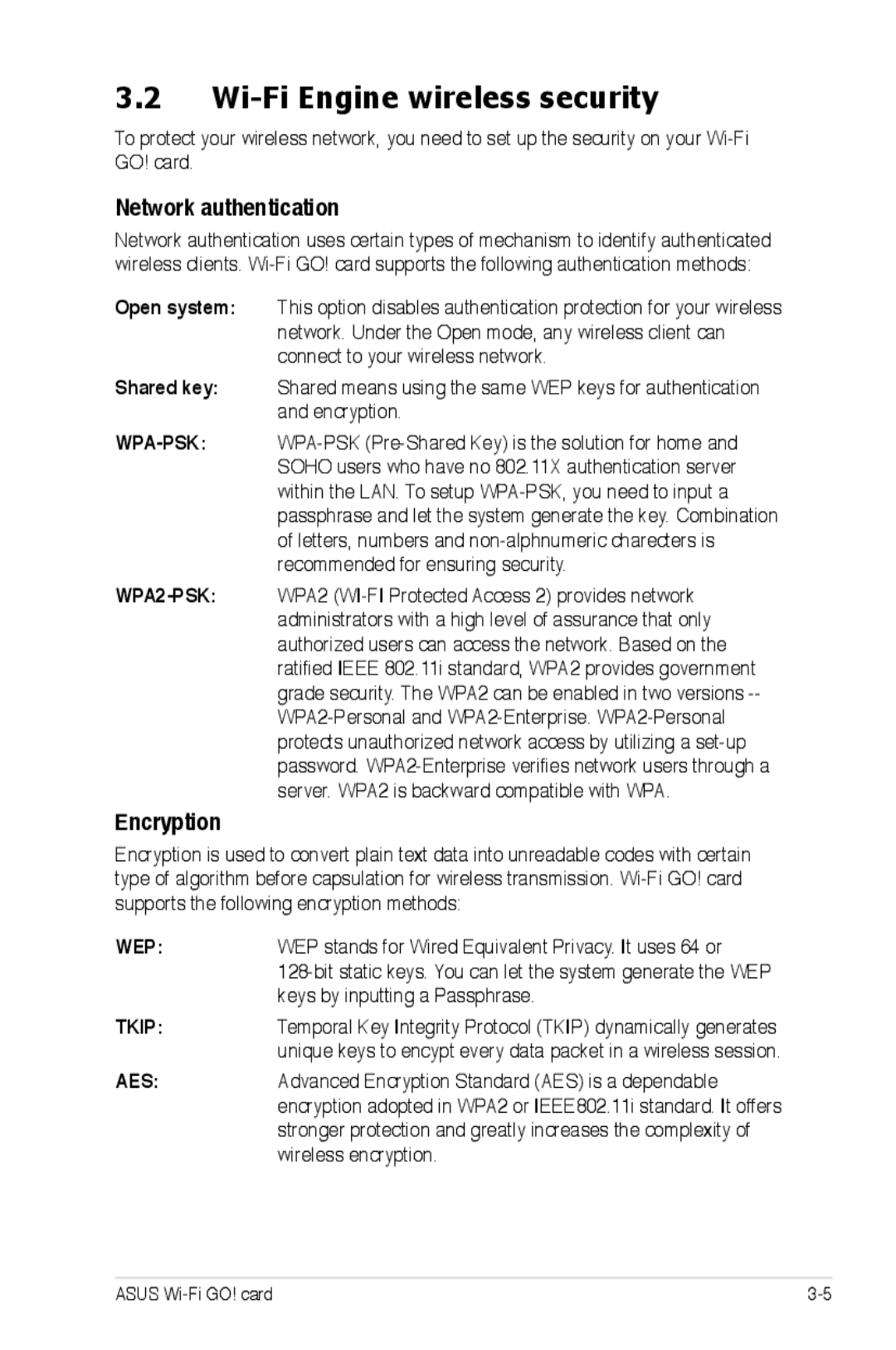P8Z77-V DELUXE, P8Z77-V PRO/THNDRBLT, P8Z77 WS, P8Z77-V PRO, P8Z77VPRO specifications
Asus has established itself as a leading brand in the realm of computer components, consistently pushing the boundaries of performance, design, and technology. Among its notable offerings are the Asus E7153 and a series of motherboards, including the P8Z77V PRO, P8Z77-V PRO, P8Z77 WS, and P8Z77-V PRO/THNDRBLT. These products are designed for users seeking high-performance computing with advanced features and robust specifications.The Asus E7153 is a powerful addition to Asus's lineup, primarily focusing on high-speed data transfer capabilities and premium components that cater to gaming and intensive multitasking. Implementing cutting-edge technology, the E7153 boasts fast processing power and efficient cooling systems, ensuring optimal performance for users who demand the best in gaming and heavy applications.
In terms of motherboards, the P8Z77V PRO stands out with its combination of performance and customization. Equipped with Intel's Z77 chipset, it supports the latest 3rd generation Intel Core processors, enabling users to harness impressive computing power. The board features multiple USB 3.0 ports, giving users quick transfer speeds for their peripherals and external devices. Enhanced by Digi+ VRM, it provides excellent voltage regulation, thereby ensuring high stability during overclocking.
The P8Z77-V PRO version also includes support for Intel's Smart Response technology, enabling SSD caching, which enhances system responsiveness. Its design incorporates heatsinks and optimized fan controls for improved thermal performance.
Another variant, the P8Z77 WS, is tailored for workstation use, boasting additional features such as support for multiple graphics cards, making it an excellent choice for 3D rendering and CAD applications. It’s engineered for reliability and stability under heavy loads.
The P8Z77-V PRO/THNDRBLT integrates Thunderbolt technology, allowing for an even broader range of connectivity options, ideal for users requiring high-bandwidth devices. This functionality enhances performance by enabling faster data transfers and supporting daisy-chaining of multiple devices.
Overall, the Asus E7153 and the P8Z77 series motherboards embody a fusion of cutting-edge technologies, offering gamers and professionals alike robust features such as enhanced cooling systems, superior power management, and advanced connectivity options, making them a worthy investment for anyone looking to build or upgrade their systems.
